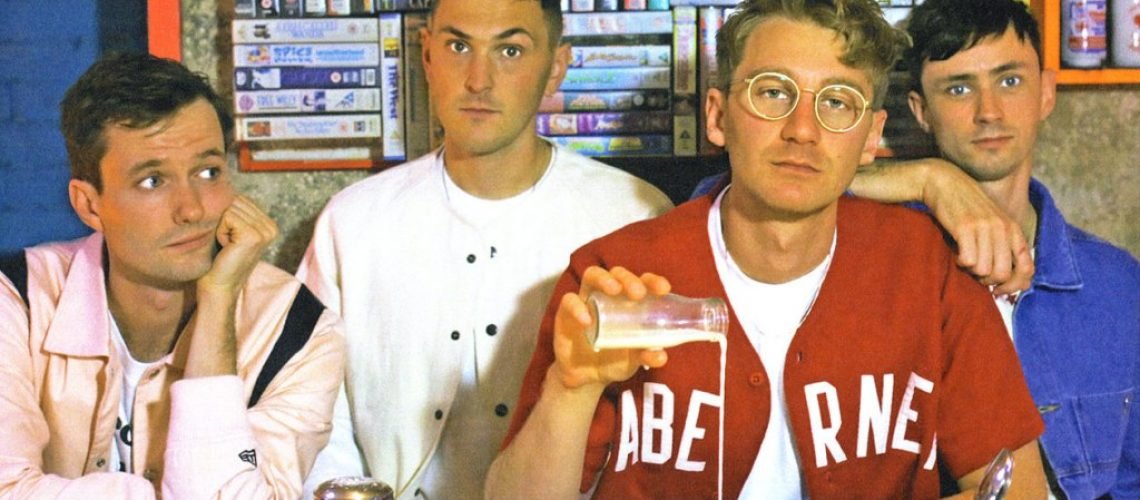Catalog titles — releases more than 18 months old — made up a bigger share of U.S. music consumption in the first half of 2022 by capturing 72.4% of album equivalent units, up from 69.4% during the first half of 2021, according to Luminate. Current releases’ share of consumption fell from 30.6% to 27.6%.
Americans consumed less current music than a year ago, with album equivalent units of current music falling 1.4% to 131.9 million in the first half of the year. Although sales of current albums increased 5.8% to 17 million units, Americans consumed less current music across all digital formats: on-demand audio streams fell 2.6%, video streams sank 10.4%, digital album sales dropped 15.7% and digital track sales plummeted 26.0%.
Luminate measures music consumption in album equivalent units by converting digital track purchases, on-demand audio and video streams and programmed audio and video streams into equivalent album units. For example, 10 digital track purchases equal one album equivalent unit and 1,250 on-demand audio streams on a premium subscription service equal one album equivalent unit.
Catalog music tallied a record 17.7 billion on-demand audio and video streams in the first half of 2022, up 18.2% from the prior-year period. Despite a 15.7% decline in catalog album sales, overall catalog consumption measured in album equivalent units jumped 14.0% to 344.1 million.
Many executives think streaming is giving songs more longevity. Whether a track first finds an audience on Spotify, YouTube or TikTok, “if something breaks, then the long tail is pretty dramatic,” Sony Music chairman Rob Stringer said during a May 25 investor presentation. The data backs this up: 698 of the top 1,000 tracks of the first half of 2022 were older than 18 months (as of June 30), up from 641 in the same period in 2021. That influx of catalog songs raised the average age of the top 1,000 tracks from 2,969 days to 3,086 days. This effect was more pronounced at the top of the charts: the average age of the top 100 tracks went up by more than a year, from 591 days to 1,070 days.
As a result, the top songs are a familiar bunch. Last year, Dua Lipa’s “Levitating” and The Weeknd’s “Save Your Tears” — both released in March 2020 — ranked No. 2 and No. 3 in overall consumption for the first half of 2021. Even though both dropped in on-demand audio streams — by 52.1% and 46.7%, respectively — they were still popular enough to rank No. 19 and No. 20 this year. Social media-driven hits also maintained momentum. Glass Animals’ “Heat Waves,” released June 29, 2020, was the No. 3 track of the first half of 2022 — up from No. 29 a year ago thanks to a TikTok-driven surge that started in 2021. Fleetwood Mac’s “Dreams,” buoyed by TikTok exposure in October 2020, had only 6.7% fewer on-demand audio streams than in the first half of 2021 and slipped only two places to No. 54.
New music still broke through, of course. In the first half of both 2021 and 2022, roughly the same number of tracks in the top 1,000 came out within the previous six months (197 in the first half of 2022 and 193 in the first half of 2021). Numerous tracks in the top 10 were released in the past few months: Harry Styles’ “As It Was,” the No. 2 track of the first half of 2022, was released on March 30. Jack Harlow’s “First Class,” released April 4, ranked No. 5. Future’s “Wait For U,” released April 27, ranked No. 8.
But the top 1,000 got more catalog-heavy this year: only 302 of the top 1,000 in the first half of 2022 were less than 18 months old, down from 359 in the same period in 2021. Overall, the songs that accounted for a third of all catalog streams were released between 2017 and 2019, according to Luminate. And plenty of old songs became more, rather than less, popular. Chris Stapleton’s eight-year-old track “Tennessee Whiskey” had 2% more on-demand audio streams this year and climbed from No. 58 to No. 40. And J. Cole’s nearly seven-year-old “No Role Modelz” rose from No. 87 to No. 43 after its on-demand audio streams increased 19.2%.




